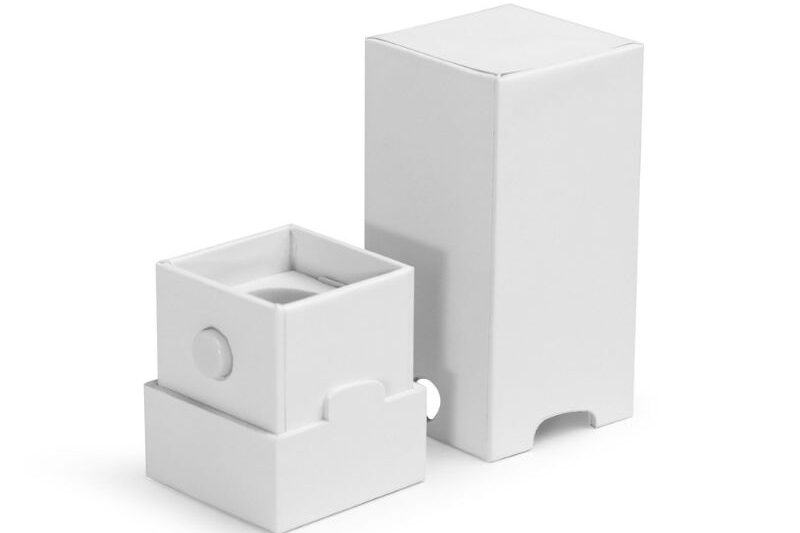In the world of packaging, selecting the right material is crucial for both presentation and protection. With various options available, two popular choices often come to mind: paperboard and cardboard. Each has unique properties, suited to different packaging needs, but how do you determine which is the best fit for your business? Understanding the differences is key to making an informed decision that aligns with your product’s requirements and your brand’s image.
Paperboard and cardboard are two widely used materials in the packaging industry. While they may seem similar at first glance, their distinct characteristics make them suitable for different types of packaging solutions. Choosing the right material can significantly impact your product’s appeal, protection, and overall customer experience.
Knowing the right material for your packaging can be a game-changer in how your product is perceived in the market. Let’s delve deeper into the differences between paperboard and cardboard to help you make an informed choice.

What Is Paperboard, and How Is It Different from Cardboard?
Paperboard is a thick, paper-based material that is lightweight yet sturdy. It is commonly used for packaging items like cosmetics, medicine, and food products. Its smooth surface is ideal for high-quality printing and branding, making it an excellent choice for businesses aiming to make a strong visual impact.
Cardboard, on the other hand, refers to a thicker, more durable material. It’s typically used for shipping boxes, as it offers greater protection. Cardboard boxes are made from corrugated fiberboard, which includes a fluted corrugated sheet and one or two flat linerboards. This structure provides strength and durability, making it ideal for heavier items or products that require long-distance shipping.
Why Choose Paperboard for Your Packaging?
Paperboard is favored for its versatility and excellent printing capabilities. Its smooth surface allows for high-quality, vibrant printing, making it an ideal choice for brands that want to make a strong visual statement. Additionally, paperboard is lightweight, which can help reduce shipping costs.
Moreover, paperboard offers environmental benefits. It’s often made from recycled materials and is itself recyclable, aligning with growing consumer demand for sustainable packaging options.
The Advantages of Cardboard in Packaging
Cardboard’s primary advantage lies in its strength and durability. The corrugated design provides cushioning and protection against impact, making it ideal for shipping fragile items. It’s also resistant to puncture and compression, ensuring products arrive at their destination in pristine condition.
Another benefit of cardboard is its cost-effectiveness, particularly for bulk shipping. It’s a readily available and affordable material, making it a practical choice for businesses that require a large volume of packaging.
How Do Printing and Branding Differ Between Paperboard and Cardboard?
When it comes to printing and branding, paperboard often takes the lead due to its smooth, high-quality surface. It supports a variety of printing techniques, including digital, offset, and lithographic printing, allowing for intricate designs and vivid colors.
Cardboard, while not as smooth as paperboard, can still be printed on. However, the corrugated texture may impact the clarity and sharpness of the print. It’s more suitable for simpler designs and is often used for branding and labeling rather than detailed graphics.
Sustainability: Paperboard vs. Cardboard
Both paperboard and cardboard are recyclable, which is a significant advantage in today’s eco-conscious market. However, the extent of their sustainability can vary based on the source of the materials and the manufacturing process.
Paperboard often contains a higher percentage of recycled content and is itself more easily recyclable. Cardboard, while also recyclable, may require more energy to produce due to its thicker and more complex structure.
Cost Comparison: Is Paperboard More Expensive Than Cardboard?
Generally, paperboard is more expensive than cardboard due to its higher quality and better printing capabilities. However, the cost can vary depending on the thickness, size, and quantity of the material ordered.
Cardboard may be more economical, especially for bulk orders. It’s important to consider the total cost, including production, printing, and shipping, when making a decision.
Choosing the Right Material for Your Product
The choice between paperboard and cardboard should be based on your product’s specific needs. Consider factors such as the level of protection required, the importance of aesthetic appeal, and your budget.
For high-end products or those needing vibrant branding, paperboard might be the better choice. If you require sturdy packaging for shipping or bulk storage, cardboard could be more suitable.
Conclusion
Both paperboard and cardboard offer unique benefits for packaging. Understanding their differences is key to selecting the right material for your product’s needs, balancing aesthetics, protection, and cost.